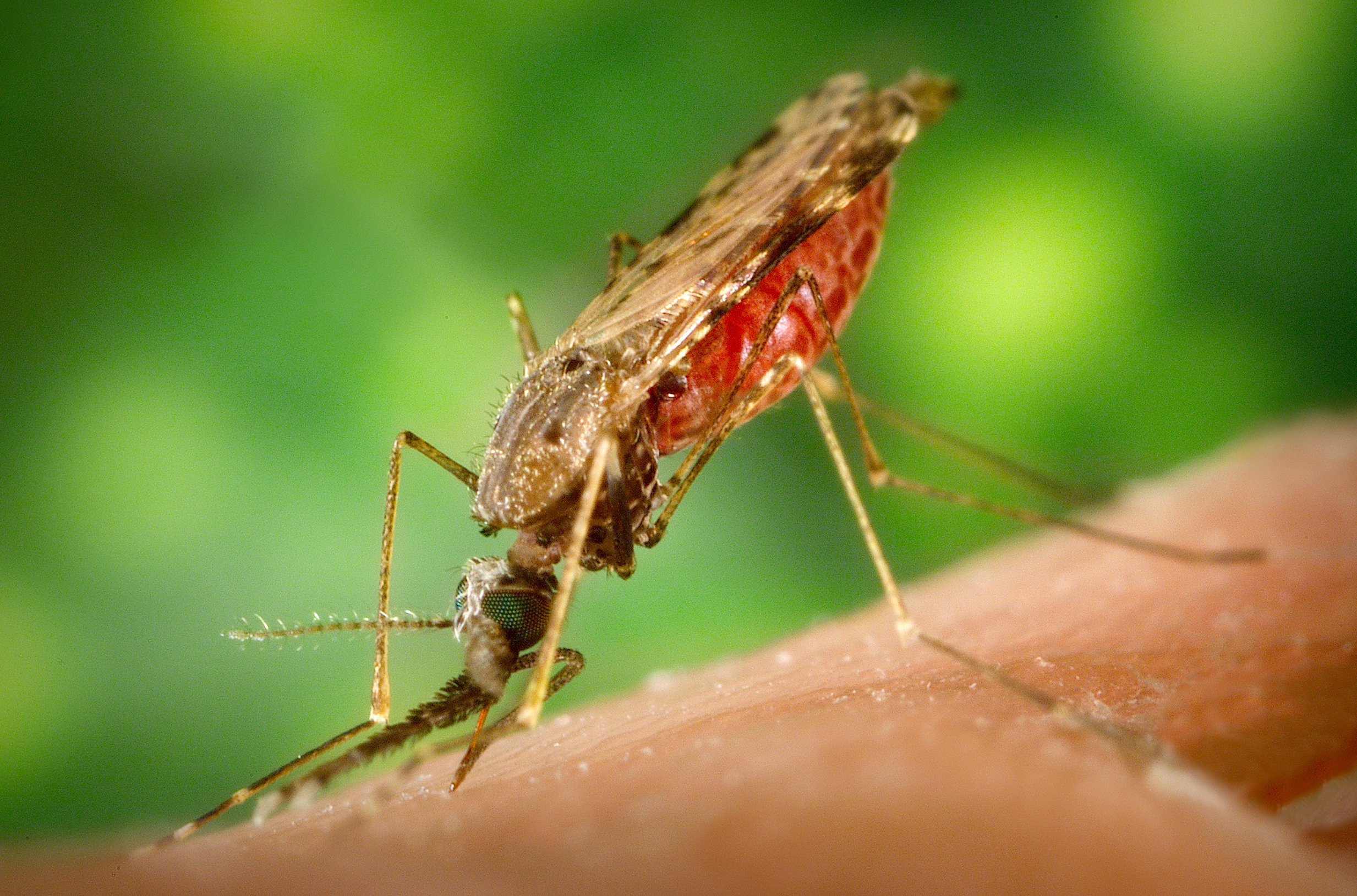An estimated 228 million cases of malaria occurred worldwide in 2018, but this life-threatening disease is entirely preventable and curable. Untreated malaria can have serious consequences, which may include seizures, anemia, coma, altered consciousness, and organ failure. Plasmodium, a single-celled parasite, is the cause of malaria. The species of Plasmodium that cause the majority of malaria cases in humans are Plasmodium falciparum and Plasmodium vivax. Most research has been done on P. falciparum because it results in the most severe infections, but P. vivax requires more attention.
New evidence has shown that the burden on society and the danger of P. vivax has been dramatically underestimated. Previously, P. vivax malaria was believed to be mostly asymptomatic, with very few severe cases. An epidemiological study from 2016 suggests that P. vivax is the most prevalent malaria parasite, with 2.5 billion people at risk of being infected. P. vivax is the dominant species of Plasmodium outside of Africa, with a high prevalence in South-East Asia and the Western Pacific. People with conditions, such as malnutrition, diabetes, and congestive heart failure, are especially at risk. Many of the world’s poorest and most vulnerable regions have the highest incidence of P. vivax malaria, therefore significantly increasing the need for more treatment options.
Image Source: Pascal Deloche
Both P. falciparum and P. vivax infections give rise to parasites that circulate in the blood. P. vivax is unique because of its ability to lay dormant in the liver. Dormant parasites cause the repeated relapses of malaria that come weeks to months after a primary infection.
Since 1952, the first therapy for the treatment of P. vivax malaria was a combination of the drugs chloroquine and primaquine. Chloroquine has been the frontline drug for treating blood-stage infections, which cause the short term symptoms of malaria. Primaquine targets the dormant parasites in the liver that cause a relapse. One of the main issues with the use of primaquine is low adherence. Primaquine must be taken once a day for fourteen days to be effective for treating recurring malaria. Many people discontinue their use of primaquine and do not complete their full regimen. A study in 2019 found adherence to primaquine in Southeast Asia was as low as 24%. Low adherence jeopardizes the effectiveness of treatment and results in poor outcomes.
Until 2018, primaquine was the only drug to target the dormant P. vivax liver-stage parasites that cause recurring malaria. Tafenoquine (Krintafel™), is the first single-dose therapy for treating recurring malaria by targeting the dormant P. vivax parasites. Krintafel™ has a half-life of 14 days versus 6 hours for primaquine, consequently reducing the need for daily medication and increasing compliance. Also, tafenoquine is the active pharmaceutical ingredient in the treatment of P. vivax. In comparison, primaquine must be processed in the liver to produce its active pharmaceutical ingredient. Varying levels of success in primaquine treatment are attributed to differing liver enzyme activity from individual to individual, thus making tafenoquine a better alternative. Overall, with many people at risk of being infected with Plasmodium vivax, having an effective new drug to help treat recurring malaria is an encouraging sign in the fight against malaria.
Feature Image Credit: bmvpharma










